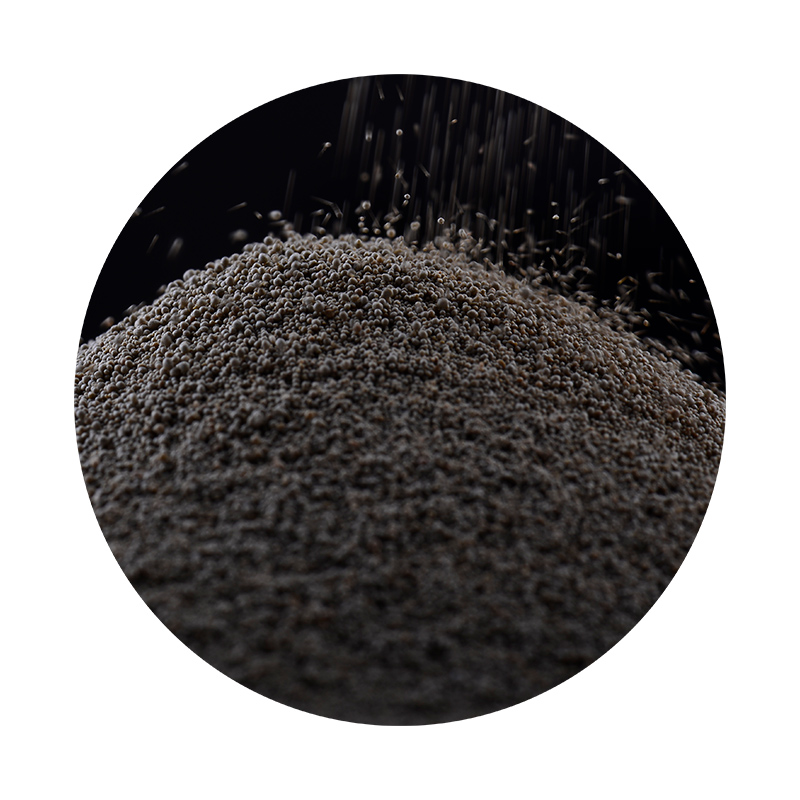Understanding the Importance of Resin Sanding in the Crafting Process
Resin has revolutionized various craft and product manufacturing processes, notably in the realms of art, design, and construction. One of the essential techniques that enhance the visual appeal and finish quality of resin products is resin sanding. This process, albeit simple in concept, requires a mindful approach to achieve optimal results. In this article, we will explore resin sanding, discussing its significance, techniques, and tips to perfect this craft.
What is Resin Sanding?
Resin sanding involves smoothing out the surface of hardened resin pieces using sandpaper or sanding tools. This process is performed after the resin has fully cured, allowing for better surface preparation for further finishing techniques, such as polishing and coating. Whether you are working on a resin art piece or creating functional items like tabletops or coasters, sanding plays a crucial role in the outcome.
Why is Resin Sanding Important?
1. Smoother Finish The primary purpose of sanding is to eliminate imperfections on the surface of the resin. This could include bubbles, drips, or uneven areas that may have occurred during the pouring phase. A smooth surface not only feels more pleasing to the touch but also enhances the visual appeal of the finished product.
2. Enhanced Adhesion If you plan to paint, coat, or apply additional resin layers on top of the initial piece, proper sanding creates a texture that improves adhesion. A well-sanded surface allows subsequent layers to bond effectively, ensuring longevity and preventing premature peeling or chipping.
3. Reflective Quality For resin artists, achieving a high-gloss finish is often desirable. Sanding is a critical step in preparing the surface for polishing. By sanding with progressively finer grits, you can enhance the reflective qualities of resin, making your work shine brilliantly.
4. Error Correction Mistakes happen, and sometimes bubbles or irregularities appear even after careful pouring. Sanding helps correct these issues by removing the flawed areas and leveling the surface, allowing for a more professional finish.
resin sanding

Techniques for Effective Resin Sanding
1. Choosing Sandpaper Start with a coarse grit sandpaper (around 80-120 grit) to remove larger imperfections and gradually move to finer grits (220, 400, up to 1000 or higher) for a smooth finish. The grit number indicates the coarseness; the lower the number, the rougher the paper.
2. Wet vs. Dry Sanding Consider using wet sanding for resin pieces. Wet sanding involves using water to lubricate the sandpaper, which reduces dust and helps minimize heat generation during the sanding process. This can prevent the resin from becoming too rough or damaging its surface.
3. Consistency and Pressure When sanding, it’s essential to maintain a consistent pressure and movement. Avoid pressing too hard, as this can cause scratches or uneven surfaces. Instead, allow the sandpaper to do the work, moving in circular motions or back and forth until you notice the desired smoothness.
4. Protective Gear Always wear a dust mask and goggles when sanding resin, as the fine particles can be harmful when inhaled or if they come into contact with your eyes. Additionally, working in a well-ventilated area is essential to ensure safety.
5. Finishing Touches After sanding, use a polishing compound or a resin-specific polish to achieve a shiny finish. Applying a final coat of resin can also encapsulate the surface, providing an additional layer of depth and protection.
Conclusion
Resin sanding is a vital step in the crafting process that significantly contributes to the quality and aesthetics of the final product. By investing time and effort into this phase, crafters can elevate their work to professional levels, ensuring smoother finishes, better adhesion, and enhanced durability. Whether you are a seasoned resin artist or a beginner, mastering the art of resin sanding will undoubtedly yield magnificent results in your crafting journey. Remember, patience and practice are key, and with each piece you create, your skills will only improve. Happy crafting!
Post time:ನವೆಂ . 28, 2024 10:14
Next:Can You Send a 3D Print to Someone Else?
